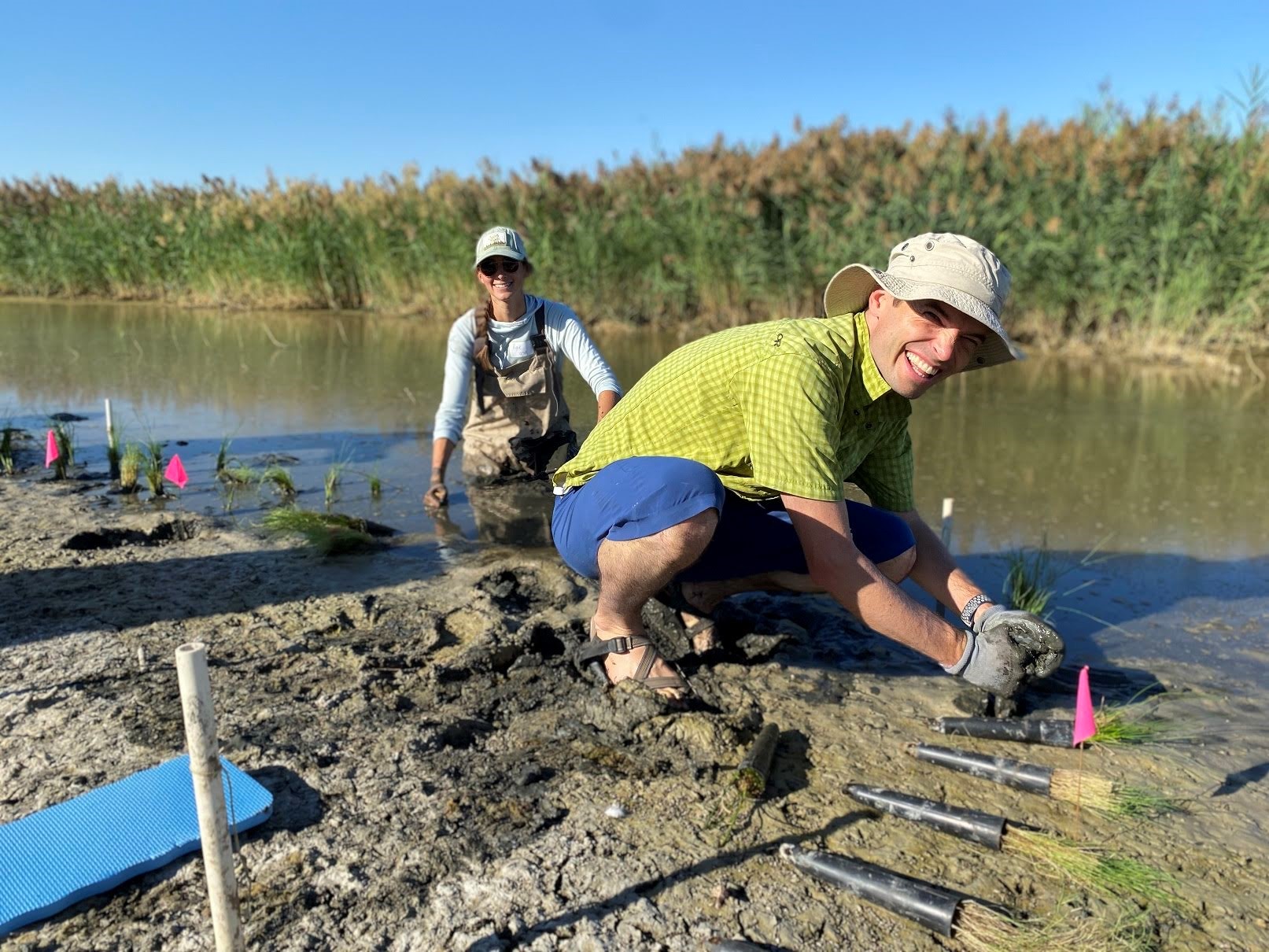
BY: Ben Abbott, Ph.D, B.S., Assistant Professor, Ben Abbot Lab, College of Life Sciences, Plant and Wildlife Sciences, Brigham Young University. Provo, Utah USA
Saline lakes around the world are disappearing. Many are already gone. Let’s talk about why we should care, what is causing this, and how we can solve it. For more details, check out gsl.byu.edu.
Why should we care? A fifth of the Earth’s land surface doesn’t drain to the ocean. These terminal basins occur on every continent in regions where there is enough water to create occasional river flow, but not enough to erode a channel to the ocean. Saline lakes account for a half of global lake volume—around 100,000 cubic kilometers of water. But back to our question, why should we care? Examples from around the world show that the loss of a saline lake sets off a sequence of environmental and economic damage that is extremely difficult to reverse. Lake shrinkage causes air and water pollution, collapse of agricultural productivity, loss of industry, economic depression, and devastation of lake and wetland ecosystems. Toxic dust released from the lakebed can cause clusters of cancer, reproductive disorders, and neurodegenerative disease. Aral Sea, Lake Urmia, Owens Lake—the names of dried saline lakes have become synonymous with ecological and societal catastrophe.
What is causing the decline? There are two culprits: irrigated agriculture and climate change. At its simplest level, the survival of a saline lake depends on just two factors. Without drainage to the ocean, these lakes rise and fall with water flow to the lake and evaporation from the lake. Diverting water for agriculture reduces the inflow to the lake. Warming the temperature increases evaporation. Currently, irrigation accounts for 70-90% of the total lake loss, with the rest attributable to climate change. There is thankfully major movement on the climate change front (renewables now make up around 90% of growth in energy), but warming is baked in for the next few decades. Irrigation is the major cause, and where we need to put our focus.
What can we do? You can’t negotiate with hydrology. The lake level won’t respond to the number of bills (or blog posts) written about it. We need to get more water to Great Salt Lake. We have called on the governor’s office and Utah legislature to lead an emergency rescue to that effect. We need extraordinary and unprecedented water conservation measures. Farmers need to transition to less consumptive crops and irrigation methods. The conserved water needs to be permanently granted to the lake—we need to finally recognize its inherent right to exist and our dependence on its health. For other saline lakes, success has looked like a slowing of the decline. By setting a goal not just to stabilize the lake but to restore it, we are in uncharted territory. It emphasizes the challenge of succeeding but also the need for an example. As lakeside communities, a state, a country, and as a human family, we need to come together to solve this issue. I have worked with the legislature on a wide range of issues, including renewable energy, air pollution, COVID-19, and local conservation measures. I have never seen the level of commitment and solidarity around an issue as for Great Salt Lake. Let’s take a warning from our friends around the world who haven’t managed to save their lakes and hold up Great Salt Lake as a new success story of multi-generational thinking and reverence for creator and creation.